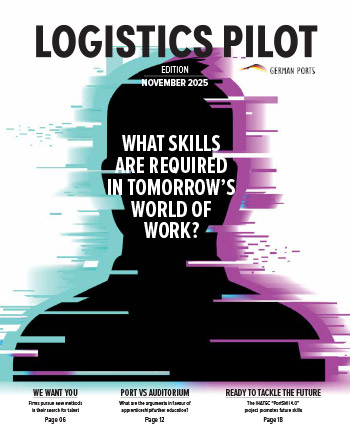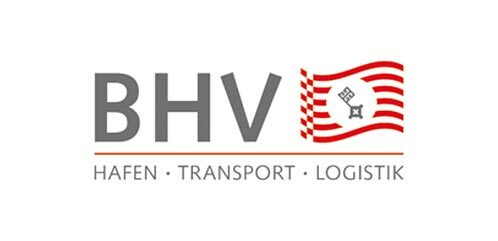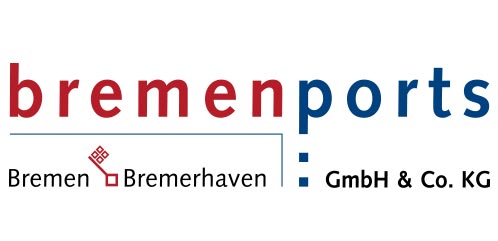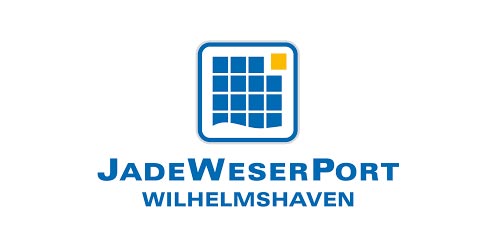In India, gestures are frequently used in communication.
But when Indians use fewer words than Europeans to communicate, this is not a sign of lack of politeness.
Many gestures, fewer words. In addition, a society characterised by religion and politeness, where it is welcomed to eat by hand. Anyone travelling to
India should be prepared for a business culture that differs greatly from that of Europe.
Photos: StockImageFactory/stock.adobe.com, privat
A glance at Indian etiquette reveals that it is an interesting mixture of British and Asian influences. “As a result, some of our customs seem somewhat familiar to Westerners, while others are absolutely foreign to them,” says Neelam Choudhary. Choudhary is a native Indian and has been representing the JadeWeserPort in India for three years. Her focus is on making Wilhelmshaven’s range of services known to the relevant players in India at roadshows and other events and, with her many years of experience in the maritime industry, to act as a local contact person.
Come to the wedding!
A good example she gives of a way of behaving that is familiar to us yet somewhat different is the exchange of business cards. In India, you should only use your right hand, because the left hand is considered impure there. And during the introduction it is important to bear in mind that in the world’s largest democracy, there is a hierarchical corporate culture. “So greet the eldest or highest ranking person first. Titles such as Mr, Mrs or Professor and the last name should be used. Unless the other person asks you to address them on a first name basis,” Choudhary says. As far as clothing is concerned, she recommends that men wear a white shirt and fabric trousers at business meetings whenever possible. Women should wear a costume or a trouser suit and not be too provocative. For personal or non-formal meetings, jeans and T-shirts are quite appropriate for both men and women. In the course of business activities, it is not uncommon in India to be invited not only to a meal, but also to a private birthday party or even a wedding. In this case men should try to wear a kurta and women a saree.
But back to the business appointment. Here it is important to bring a good deal of patience – both because the meeting may start late and because it may last longer than expected – and always remember that the personal relationship with the business partner is much more important in India than in Europe. This connection must first be carefully established. Questions about the family are particularly suitable to getting to know one another. “Always be ready for questions that appear irrelevant or too personal to you, but try to be patient and respond to them,” Choudhary recommends. As a good “door opener” in the sense of small talk, she recommends, among other things, discussing your trip from Europe to South Asia, talking about the good quality of Indian food, or exchanging views on your respective hobbies. But a note of warning: if you’re going to discuss cricket, the national “obsession”, with an Indian you will need extensive background knowledge. In contrast, Choudhary sees political issues or discussions about the caste system in India as thematic no-go’s. “We Indians are proud of our culture and our history. But we do not like to discuss religious attitudes or political opinions with strangers, because these are issues they have strong feelings about,” Choudhary explains.

“Always be ready for questions that appear irrelevant or too personal to you.”
Neelam Choudhary, representative of the JadeWeserPorts in India
Fewer words, more gestures
For foreigners who do not want to attract unpleasant attention, it is important to take this into account and respect feelings – when they are shown. This includes accepting that in India people communicate through with gestures than Europeans do. These gestures often make it possible to do without words, which many Europeans, however, see as an important requirement for verbally underlining their ideas. Due to this different communication style, Indians may appear taciturn to Europeans, or even be perceived as unfriendly. But this is not the case. “Indians are generally tolerant and expressive. They use body language to convey messages that are not always verbal. That’s why they tend not to use too many words or too much physical contact,” says Choudhary. Nevertheless, shaking hands has long been part of everyday business life. People in India often nod or bow when shaking hands. In non-urban areas, it is also possible to be greeted with the word “Namaste”, which means “I bow to you”. In this case, it is considered respectful to repeat the word with the palms of your hands together and to bow or nod your head slightly.
From hand to mouth
When it comes to planning business appointments and dinners, many Indian entrepreneurs like to choose dates for business decisions based on what may be considered as good or auspicious days. It is also customary there to hold religious ceremonies at the beginning of new ventures – for example at inaugurations or the opening of new factories. If a business partner is invited to a joint dinner after the business meeting, this increases the likelihood that one will come to an agreement. At the same time, this meal should be seen as an opportunity to show respect to the Indian hosts and to thank them for their hospitality. In restaurants it is common to order several dishes which are then shared. “Let the host order the food and do not be afraid to leave your cutlery lying around and eat with your right hand,” advises Choudhary. For creamy curries and liquid foods, however, a piece of chapati flat bread or even rice may of course be of help. However, you should think twice before turning down an invitation to eat. “This only works if you have a really good reason for it. Otherwise, you will have bad cards for further negotiations,” warns Choudhary. (bre)
Logistics Pilot
The current print edition - request it now free of charge.






